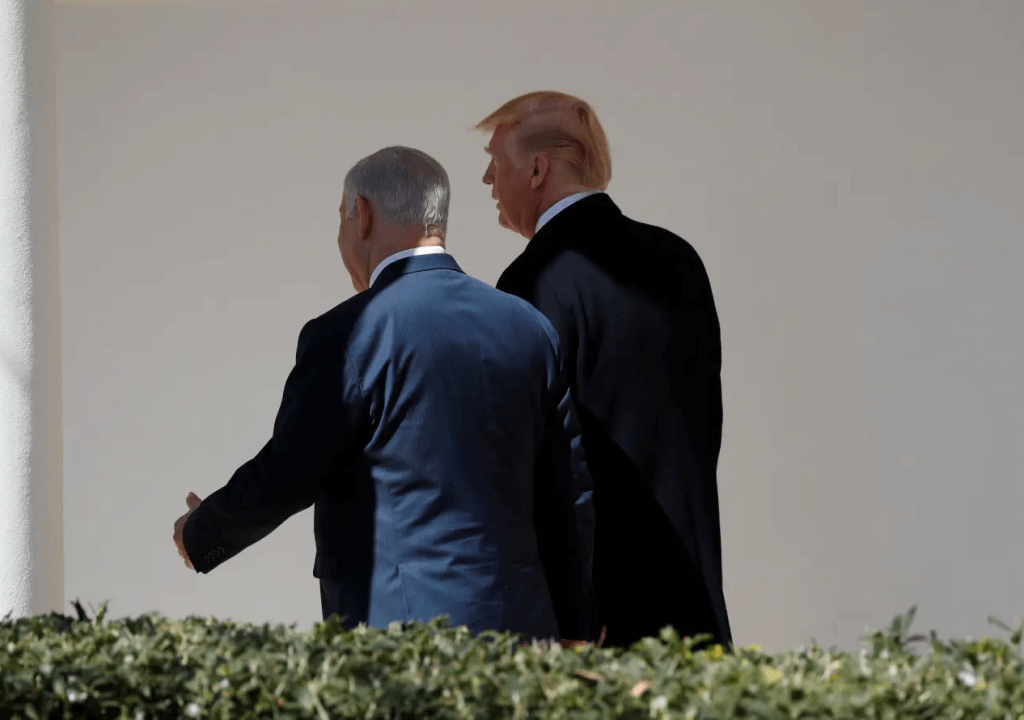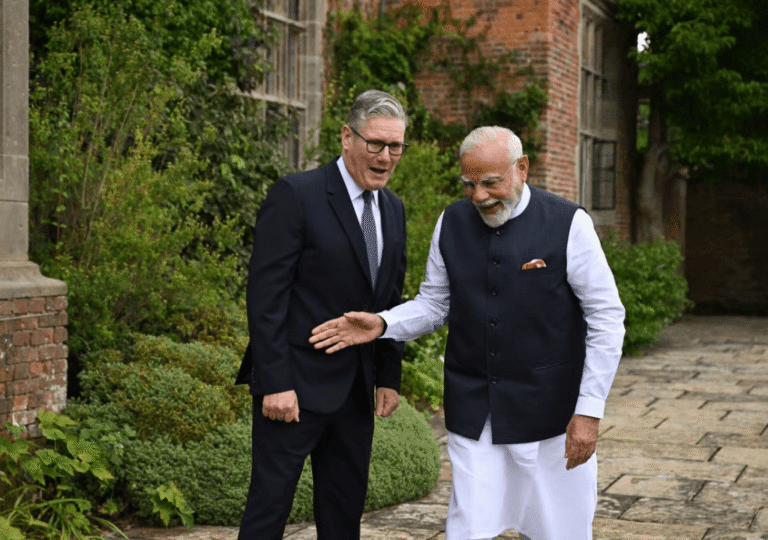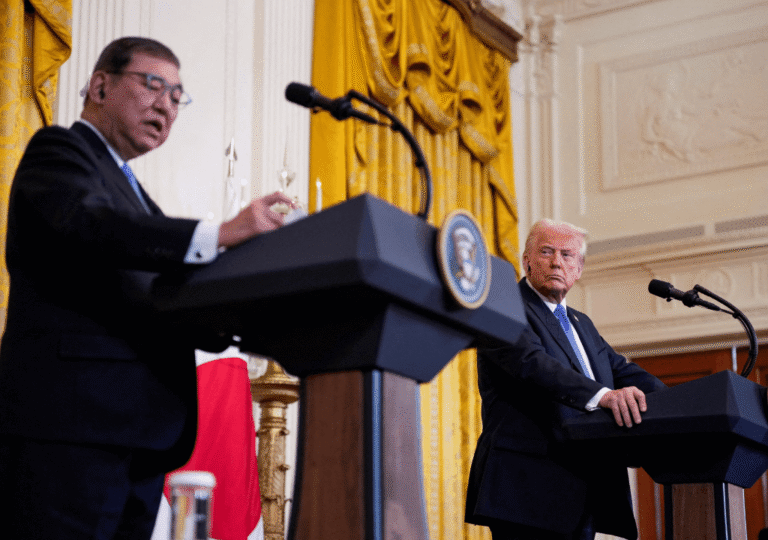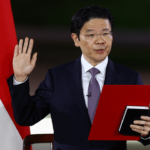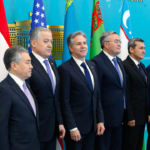What began as an offhand suggestion from Jared Kushner—turning Gaza into a luxury enclave—has steadily evolved into a serious proposal, now fully endorsed by Donald Trump as a solution to what he calls Israel’s “Gaza problem.” Trump’s plan to place Gaza under U.S. control and transform its coastline into a high-end development has gained traction among Israeli leaders and the political establishment, who view Gaza as a persistent security threat. Prime Minister Benjamin Netanyahu has openly supported a post-war arrangement that aligns with Trump’s plan. He has been unequivocal: once the war ends, neither Hamas nor the Palestinian Authority will govern the enclave. Instead, he has embraced Trump’s vision of fundamentally reshaping Gaza, presenting it as the most viable solution to the region’s ongoing tensions.
Many Arab states and European nations, including key U.S. allies, had expected Gaza to be transferred to the Palestinian Authority, the internationally recognized governing body of the West Bank. Hamas, the terrorist organization that controlled Gaza, also signaled its willingness to cede power to its West Bank-based rival. However, these plans remain in limbo as Trump’s unexpected proposal for the U.S. to take control of Gaza and relocate its 2.3 million residents to countries such as Egypt and Jordan gains momentum in Israel.
The second phase of the ceasefire agreement between Israel and Hamas is set to begin in early March and is expected to include the complete withdrawal of Israeli forces from Gaza, effectively ending the war. This would be followed by a third phase, which aims to address the exchange of bodies, a reconstruction plan for Gaza, and discussions on its future governance. However, significant uncertainty remains about whether the plan will proceed as intended.
Israeli media reports that Finance Minister Bezalel Smotrich’s far-right Religious Zionism party, which opposed the ceasefire, continues to threaten Netanyahu’s coalition, insisting that Israel must resume military operations once the initial truce expires. At the same time, Trump’s proposal for U.S. control over Gaza has gained traction within Netanyahu’s government, not only as a strategic alternative but also as a lifeline for Netanyahu’s political survival. Aware that the plan could help secure his political standing, Netanyahu has consistently supported Trump’s vision of turning Gaza’s coastline into a luxury enclave. During a Sunday visit by U.S. Secretary of State Marco Rubio, he reiterated that his government is actively coordinating with Washington to advance the initiative. The next day, Defense Minister Israel Katz announced the creation of a new agency to oversee the mass relocation of Palestinians from Gaza, signaling Israel’s firm commitment to the plan.
Yet, Trump’s plan for Gaza faces outright rejection from both Gazans and the broader Arab world, which is now scrambling to devise alternatives. Gaza carries immense symbolic weight in global Muslim solidarity, and any move to strip it from Palestinian governance would trigger significant backlash across the Muslim world and Europe. Still, Arab states remain unwilling to assume control, as ruling over a deeply hostile population under another nation’s authority is not only impractical but also politically untenable—particularly given the entrenched hostility toward Israel.
This leaves the United States as the only feasible option. Trump, a seasoned negotiator, has the ability to refine and elaborate on his plan, outlining where Gazans would be resettled, what benefits the host countries would receive, and how Gaza itself would be governed under this new arrangement. As a result, his proposal, once dismissed as improbable, is now emerging as one of the more realistic options for Gaza’s future.

